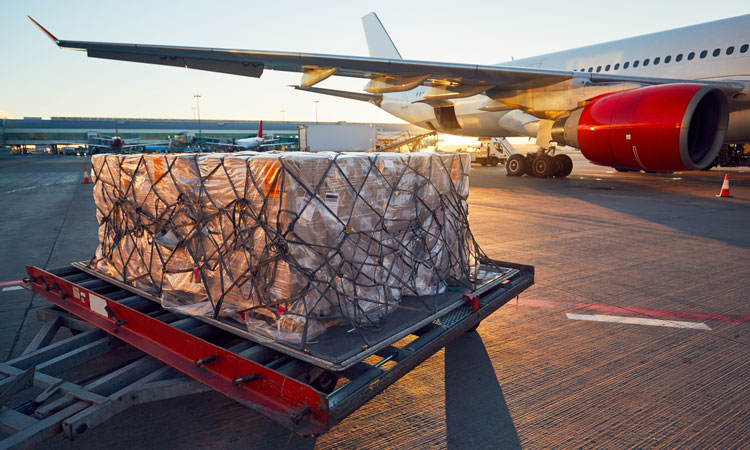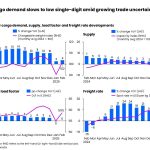IATA’s new report shows easing Omicron restrictions and alleviated supply chain constraints
IATA has released May 2022 data for global air cargo markets showing that the easing of Omicron restrictions in China helped to alleviate supply chain constraints and contributed a performance improvement in May.
“May offered positive news for air cargo, most notably because of the easing of some Omicron restrictions in China. On a seasonally adjusted basis, we saw growth (0.3%) after two months of decline. The return of Asian production as COVID-19 measures eased, particularly in China, will support demand for air cargo. And the strong rebound in passenger traffic has increased belly capacity, although not always in the markets where the capacity crunch is most critical. But uncertainty in the overall economic situation will need to be carefully watched,” said Willie Walsh, IATA’s director general.
Asia-Pacific airlines saw their air cargo volumes decrease by 6.6% in May 2022 compared to the same month in 2021. This was a significant improvement over the 15.8% decline in April. Airlines in the region have been heavily impacted by lower trade and manufacturing activity due to Omicron-related lockdowns in China however this started to ease in May as restrictions were lifted. Available capacity in the region fell 7.4% compared to May 2021.
North American carriers posted a 5.7% decrease in cargo volumes in May 2022 compared to May 2021. Demand in the Asia-North America market remained subdued, however, other key routes such as Europe – North America remain strong. Capacity was up 6.8% compared to May 2021. Several carriers in the region are set to receive delivery of freighters this year, which should help address pent-up demand on routes where it is needed if economic headwinds don’t persist.
European carriers saw a 14.6% decrease in cargo volumes in May 2022 compared to the same month in 2021. This was the worst performance of all regions. This is attributable to the war in Ukraine. Labor shortages and lower manufacturing activity in Asia due to Omicron also affected volumes. Capacity increased 3.3% in May 2022 compared to May 2021.
Middle Eastern carriers experienced a 11.6% year-on-year decrease in cargo volumes in May. Significant benefits from traffic being redirected to avoid flying over Russia failed to materialize. This is likely due to persisting supply chain issues in Asia. Capacity was up 7.6% compared to May 2021.
Latin American carriers reported an increase of 13.8% in cargo volumes in May 2022 compared to May 2021. This was the strongest performance of all regions. Airlines in this region have shown optimism by introducing new services and capacity, and in some cases investing in additional aircraft for air cargo in the coming months. Capacity in May was up 33.3% compared to the same month in 2021.
African airlines saw cargo volumes decrease by 1.5% in May 2022 compared to May 2021. This was significantly slower than the growth recorded the previous month (6.3%). Capacity was 3.0% above May 2021 levels.














